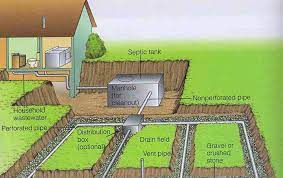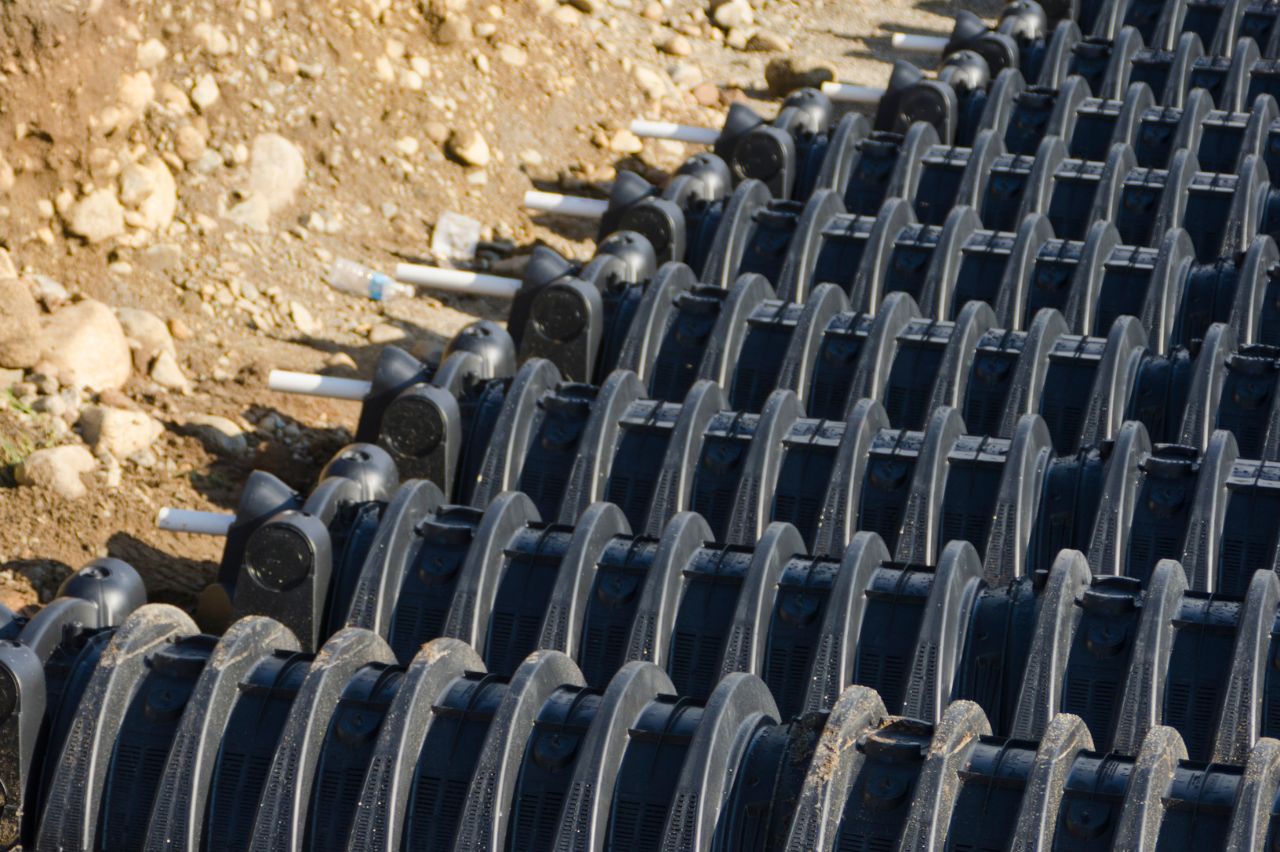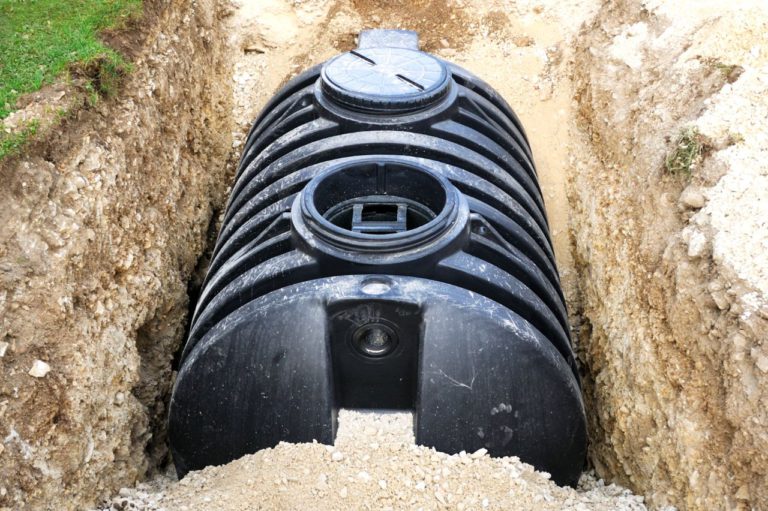What is a leach field?
What exactly is a leach field?
A leach field, sometimes referred to as a septic tank drain field or leach drain, is an underground network of perforated pipes located next to the septic tank. After the septic tank, the leach field cleans the liquid by getting rid of pollutants and other impurities.
Continue reading to find out why your drain field is important, how it works, and how to take care of your septic tank drain field so it keeps working right over time.
Where can I find my leach field?
Typically, drain fields are situated in a big, flat, and open part of the yard. They can have many 18- to 36-inch-deep, 1- to 3-foot-wide, and up to 100-foot-long trenches. Typically, there are six feet between each trench. drain fields can survive for as long as 25 years if managed correctly.

How a Drain Field Works
The components of a septic system include the septic tank, pipes, and drain field. This implies that in order to know how well a drain field operates, you must also comprehend how your entire septic system operates.
The following is how your septic system and leach field work:
- The septic tank receives all of the household’s waste and wastewater.
- Due to the presence of bacteria in the septic tank, the waste starts to decompose.
- Liquid waste (such as fats, oils, and grease) floats to the surface of the septic tank, where it is also decomposed by bacteria.
- The liquid waste then runs down subterranean pipes to the leach field, while the solid waste remains in the septic tank’s bottom and begins to be broken down by bacteria.
- As liquids pass through the pipes of the leach field, they soak into the soil, where they are naturally filtered.
How to determine if your drain field is working
A well-maintained drain field is imperceptible and quiet. Nonetheless, there are a number of telltale signs that your leach field is failing:
- Pipes that emit a gurgling sound when switched on.
- Clogged or sluggish drains are plumbing issues.
- Problems with the toilet flushing (low pressure, slow flushing, not flushing).
- Odors of sewage emanating from sewers, the septic tank, and the leach field
- Standing water or soggy, moist grass covers the leach field.
Is it possible to repair a septic drain field?
Unclogging a septic drain field is an easy process. However, there are probable catastrophic problems that might occur with a drain field, including bacterial mat growth. The solution to avoiding pricey leach field replacement services is prevention.
Employ these household plumbing suggestions to prevent the failure of your leach field:
- Avoid dumping grease, chemicals (such as bleach and ammonia), or paint down the drain.
- Do not flush anything besides toilet paper and bodily fluids.
- Waste disposal should be done with caution (or not at all).
- Restrict laundry to one batch every day to conserve water.
- Do not park automobiles, erect buildings, or set any heavy items on top of the leach field.
- Divert water runoff from significant rainfall or snow away from the leach field.
- Schedule septic tank draining every 3 to 5 years, on average. Consult the septic tank pump table to determine the frequency of septic tank pumping.
- Commit to yearly inspection and diagnosis services for septic systems.
FAQS
Do all septic systems have drain fields?
Most septic systems require a leach field, also known as a drain field. This component helps to filter out contaminants and solids in the wastewater before it is discharged into the environment. However, there are some options for alternative systems that don’t require a drain field.
How many leach lines does a septic tank have?
A typical septic tank system has two or three drain lines, depending on the size and capacity of the tank. The leach lines carry wastewater from the septic tank to an area where it can safely be absorbed into the soil.
How much does a leach field cost?
The cost of installing a septic drain field can range from $2,000 to upwards of $20,000 depending on the requirements of your site and the materials and labor used. Generally, you should expect to pay anywhere between $7,000 to $15,000 for an average-sized drain field installation.
How long do septic leach fields last?
Septic drain fields can last up to 25 years if they are well-maintained, and the surrounding soil isn’t too compacted. However, they may need to be replaced sooner, depending on environmental factors and the amount of traffic that runs over them. Regular inspections and maintenance can help extend their lifespan.
Can you install a septic tank without a leach field?
It is possible to install a septic tank without a drain field, but this is not recommended as it can be harmful for the environment and can lead to contamination of groundwater. In order for the system to function properly, wastewater needs to be safely and efficiently dispersed away from the tank. To do this, a drain field or other drainage system is required.





